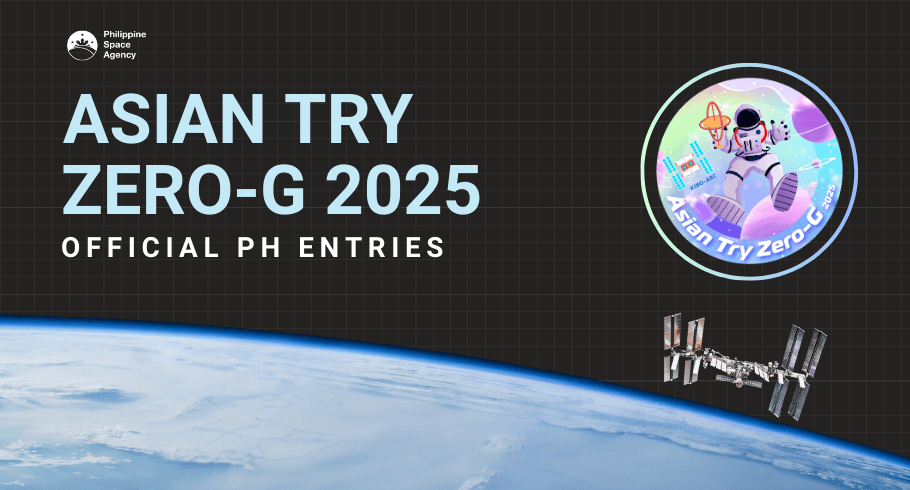3 Filipino youth experiments selected for 2025 international space challenge

The Philippine Space Agency (PhilSA) has officially revealed the country's entries for the 2025 Asian Try Zero-G (ATZG) Competition, a prestigious event organized by the Japan Aerospace Exploration Agency (JAXA).
The competition encourages young innovators from the Asia-Pacific region to design experiments to be conducted aboard the Japanese Experimental Module, Kibo, on the International Space Station (ISS).
As a member of the Asian Beneficial Collaboration through Kibo Utilization (Kibo-ABC), PhilSA organized the local call for proposals and received 89 submissions nationwide between Nov. 15, 2024, and Jan. 17, 2025.
After a thorough evaluation, three experiments were chosen as the official Philippine entries for the competition.
The first entry, “Double Gyroscope,” was submitted by Christopher Tumamac, Ryan Andrew R. Doña, and Rose Ann B. Cezar of Rizal Technological University.
Their experiment seeks to test whether two spinning gyroscopes will remain aligned along their axes despite being nudged or stopping at a certain angle unless a greater force is applied, which could cause the gyroscopes to exchange positions.
The second entry, “Surface Tension Resistance Against Magnetic Attraction,” was proposed by Jann Jacob Mendoza from Tarlac National High School.
His experiment will investigate the interaction between surface tension and magnetism in microgravity, using a steel ball suspended inside a water bubble.
The third entry, “Visualizing Conservation of Momentum through Collisions and Water Adhesion in Microgravity,” was submitted by Danielle Baldono (Ateneo de Manila University), Leonardo Florenz S. Eugenio (De La Salle University), Juan Migelle V. Ferido (De La Salle University), and Michelle H. Dote (National University-MOA).
Their experiment aims to test whether more massive objects will carry more momentum than less massive objects at a constant speed and therefore allow fluids to adhere to an object's surface due to minimal gravity to be expelled with greater velocity upon collision.
PhilSA said the experiments have been sent to JAXA for further evaluation and will be assessed alongside submissions from other countries in the Asia-Pacific region.
If selected as finalists, the teams will collaborate with JAXA scientists and engineers to refine their experiments for execution in space.